Redeye bass, with their striking red eyes and brick-colored fins, are one of the most captivating stream dwellers in southern United States.
After consulting with experts, doing extensive research, and hearing countless fishing stories, here are my best tips and tricks for snagging these elusive fighters.
Last updated: January 14th, 2025
How to Identify Redeye Bass
I’ve seen plenty of fishermen get excited about catching what they think is a redeye bass, only to realize later it was something else.
The most obvious feature is right in the name – those striking crimson eyes. But just because you’ve caught a bass with crimson eyes doesn’t mean you’ve landed a Micropterus coosae – the scientific name for redeye or Coosa bass.
It is easily confused with other fish, like the redeye rock bass or a redeye smallmouth bass.
Here are the key identifiers I use:
Body Features:
- Long, slender body with dark bronze and olive green coloring
- Pale belly that lightens to brownish white
- Dark vertical stripes/blotches along the sides (these fade with age)
- Distinctive dark spot on the gill cover
Distinctive Markings:
- Orange-red tail with white tips on upper and lower edges
- Jaw extends only to the rear of the eyes (not past like largemouth)
- 12 rays on dorsal fin with scales at base
- Three spines and ten rays on anal fin
Size Expectations:
- Maximum weight around three pounds, common weight around one pound
- Typically 7-12 inches in length
The rumored largest redeye ever caught was 18.75 inches long and 8 pounds, 12 ounces, although there are many critics of this mysterious catch.
The largest redeye that anglers can agree with in Georgia was caught in Lake Hartwell, by Steve Williams in 2004 and weighed 3 pounds, 7 ounces.
The supposed world record was caught by Randy Dixon in South Carolina, who apparently grabbed a 5-pound, 2.5-ounce one on Lake Jocassee with a Texas-rigged Zoom worm.
While all of these physical attributes help identify these fish from the rest of the black bass species, you can double-check your identification by considering where and how you caught it.
Let me explain that in the next section.
Diversity among the Micropterus Genus
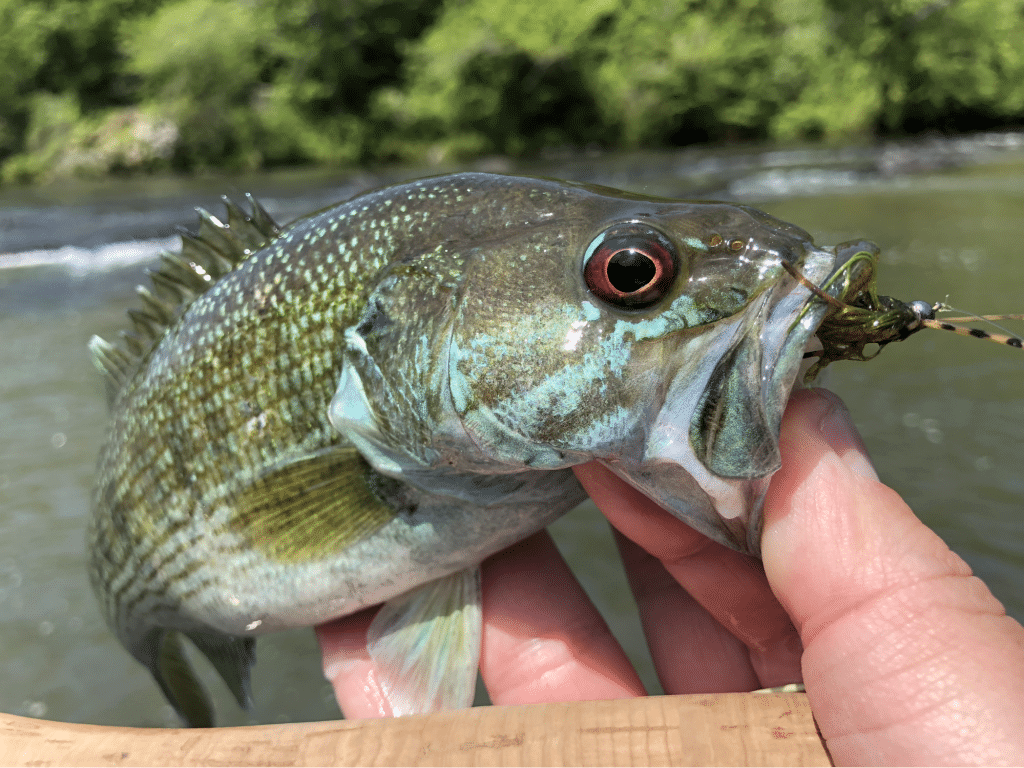
(Image: MountainstoMarsh.com)
There’s significant debate over what constitutes a true redeye bass. While there’s no firm agreement among scientists, anglers, and fishing organizations, I can tell you from experience that there are noticeable differences between these fish in various southern rivers.
In 2013, researchers Winston Baker, Rebecca Blanton, and Carol Johnston published findings that separated the M. coosae into four distinct species:
- Micropterus cahabae in the Cahaba River system
- Micropterus tallapoosae in the Tallapoosa River system
- Micropterus warriorensis in the Black Warrior River system
- Micropterus chattahoochae in the Chattahoochee River system
The original Micropterus coosae name is now reserved only for redeyes within the Coosa River system. While documenting these fish, researchers found they differ in their scale numbers, coloration, tooth patches, and the ND2 gene.
Though I’ve caught some varieties myself, I admit that telling them apart can be tricky not just for me but for most anglers I know. Still, it’s good to understand the diversity that exists.
The Shoal Bass Vs. Redeye Bass
One of the most common mix-ups anglers make is confusing redeye bass with shoal bass. Having seen both, I can tell you there are quite a few distinct differences between these fish.
While both species have striking red eyes and reddish fins, the shoal bass lacks the white margins on the fins that you’ll find on redeyes. Also, redeye bass have teeth on their tongue, while shoal bass don’t.
Another key difference is their growth patterns. Redeye bass are slow growers – they’ll reach a decent size in their first year, but then their growth slows dramatically.
Shoal bass, on the other hand, grow much faster and larger. While most shoals I’ve encountered are between 1 and 1½ feet long, they can reach up to two feet and weigh around 9 pounds – significantly larger than what you’ll typically find with redeyes.
Redeye Bass Locations

(Image: Wildlife Resources Division – Georgia DNR)
Redeye bass are primarily native to the Coosa river basin of Georgia and Alabama, though reports show them in South and North Carolina, Kentucky, northeast Mississippi, Florida, and Tennessee.
If you’re planning to fish in Georgia, here are some public spots I recommend checking out:
- Upper Coosa River System:
- Coosawattee River
- Etowah River
- Conasauga River
- Wildlife Management Areas:
- John’s Creek WMA
- Otting Tract WMA
- Pine Log WMA
- Cohutta WMA
- Dawson WMA
- Rich Mountain WMA
- Other spots:
- Chattahoochee National Forest
- Ruff Creek
- East Fork Little River
- Little Armuchee Creek
- Chattooga River
Keep in mind that many of the small rivers and streams where redeye reside are on private land. I suggest networking with your fishing buddies to check if anyone knows such property owners in Georgia. You may get lucky and find a stretch of river all to yourself.
Speaking of Georgia, there’s a reason it’s nicknamed the Black Bass Capital of the World. The state takes particular pride in its redeye bass population, including it in their prestigious Bass Slam.
Each year, anglers compete to catch five of the ten eligible species for recognition from the Georgia Department of Natural Resources Wildlife Resources Division. They win some pretty decent bragging rights too.
Just remember that qualifying catches must be at least 8 inches long and documented with verified pictures.
Where Do You Find Redeye Bass

(Image: Wildlife Resources Division – Georgia DNR)
Redeye bass are quite particular about their habitat – they detest lake life. Instead, they prefer the cooler temperatures of fast-moving streams and rivers, typically in the low to mid-60s.
If there are any merging currents, edges, or eddy lines, those are worth casting in as well.
Once you’re on a southern stream or river, do look for:
- Rocky spots
- Deep holes
- Areas with submerged trees and brush
- Cliffs and ledges
- Steep shore banks
Standing on boulder pockets not only gives you a perfect bird’s-eye view but puts you right next to one of their favorite hangouts – especially if there are other sunken objects nearby.
If you can’t find these, you can practice finesse fishing near overhanging trees or bushes (just watch out for snags!).
If you’re short on river access, you might find some success at pond inlets or outlets where cooler streams flow in. Any nearby piers, docks, or pilings are worth trying too.
While these fish might be particular about their water preferences, I can tell you that once you hook into one, the fight makes all that searching worthwhile.
How To Catch Redeye Bass
Fishing for redeye bass is a blast – they put up a surprisingly tough fight for their size. This is part of the reason why this species is gaining traction in sport fishing.
These fish are pure instinct hunters and masterful ambushers. They use cover and breaks in the current as their hiding spots before striking.
In my opinion, spending just a few minutes reading the river can help you make an educated guess about where they’re holding and striking from.
Tip: When approaching a spot where you suspect one of these stealthy fighters is hiding, try to approach from downstream.
I’ve seen entire spots get spooked when fish notice mud, dust, or debris floating down from above. Plus, these fish are usually facing upstream anyway, watching for their next meal to drift by.
When you start casting, I recommend targeting the fish closest to you first. This will hopefully spook less of the fish and give you more chances to catch.
As you gradually work your casts deeper into the debris, rocks, or inlet, you’ll likely find that sweet spot where they’re actively feeding.
What Bait or Lure To Use
Redeye bass feed just like they’re built – small and selective. Their natural diet includes crayfish, small fish, nightcrawlers, leaf and red worms, and various insects they find on the stream or river surface.
While I’ve had success with natural baits like worms and minnows, artificial lures can be just as effective. Here’s what I typically carry:
- Four-inch finesse worms (my go-to starter)
- Spoons
- Underwater spinners
- Small plugs
- Flies (if you’re using a fly rod)
If you’re on a wider river, trolling slowly can be productive, though I’ve found this challenging in smaller streams where redeyes typically hide. Drift fishing is another effective approach – sometimes just letting the river guide you while you work your lure can lead to great results.
If you are introducing someone new to the sport, start with still fishing and the time-tested worm on a hook. I’m always surprised by how these supposedly finicky fish can’t resist this basic presentation.
Once your fishing buddy gets comfortable with the environment and basic techniques, you can introduce them to baitcasting for even more excitement.
One last piece of advice: don’t be afraid to switch up your bait if they’re not biting. Redeyes are usually willing to eat, but they can be particular about what they want on any given day.
I always rotate between a few proven lures until I find what they’re craving.
Can You Eat Redeye Bass?

(Image: Aquafind.com)
After years of catching and cooking these fish, I can tell you that redeye bass are definitely worth bringing home for dinner. Their meat is delicious and flakey. Once you fillet them up properly, they make for an excellent meal.
However, I feel it’s crucial to share some important advisories about consumption. Certain waters have pollution concerns that affect how much redeye you should eat:
- Alabama Restrictions:
- Weiss Lake and Lay Lake: Limit to one redeye per month due to high PCB levels
- Choccolocco Creek: Avoid eating any fish caught here
If you want to dive deeper, check out my article about Mercury In Fish.
Redeye Spawning
These fish start to spawn between April and May, although some will go into June. Regardless, springtime is when it happens. Once the water temperatures have warmed up to between 63 and 68 degrees Fahrenheit, it happens.
They like to nest and lay eggs in sheltered spots, like hard-bottomed creek pools with hunks of gravel. Canals or coves with thick vegetation or other protection of some sort also make a great home for these fish.
Males in the height spawning season may have a blue or green tinge to their head, neck, and throat. They will build their nest by placing their lower jaw in the center and rotating around. This creates a circle spot twice the length of the fish. The males will stick around after spawning to protect the nest and eggs, although the female is around as well. She usually spends her days finding food.
After birth, the baby redeyes will stay together in tight-knit schools as they grow.
Final Thoughts
With all bass fishing, so much of the joy is found spending time on the lakes and rivers. Incredible sport fish, like redeyes, make it worth it when you finally get that bite. Hopefully, with the information I’ve laid out for you, you’ll be able to track one of these incredible fighters down and experience it for yourself.
Do you have a favorite spot for catching redeye bass that you’re willing to share? If not, how about a story of how you caught one? I’d love to hear in the comments below!


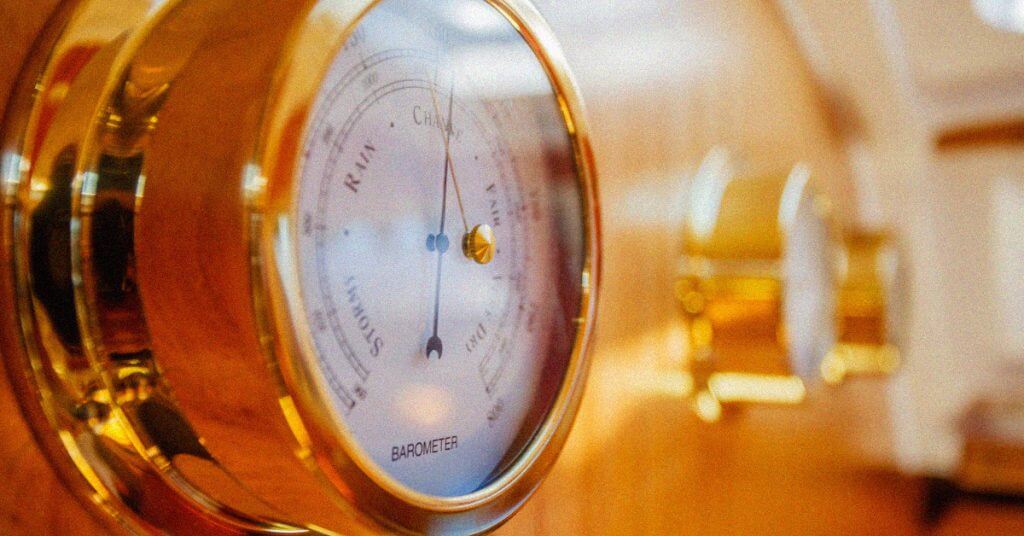
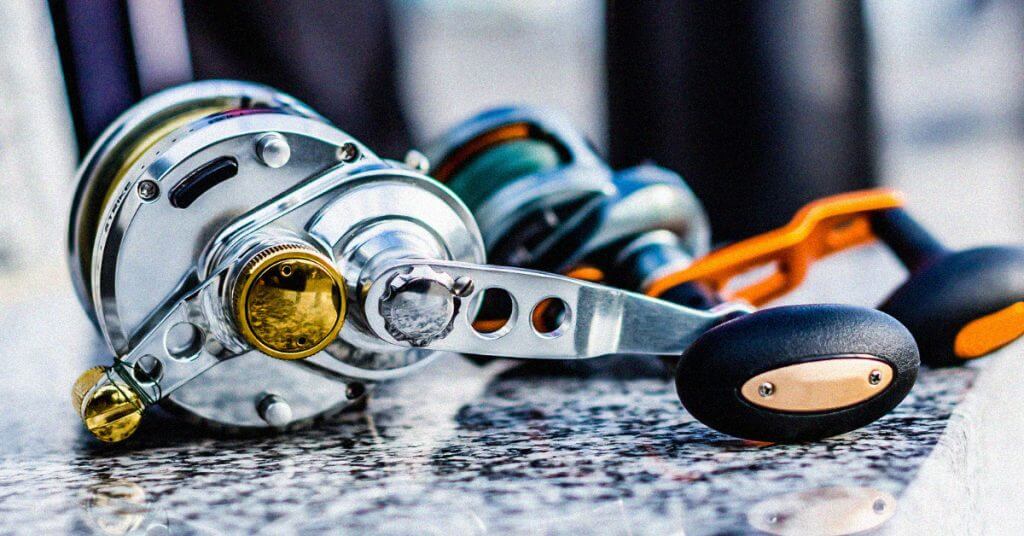
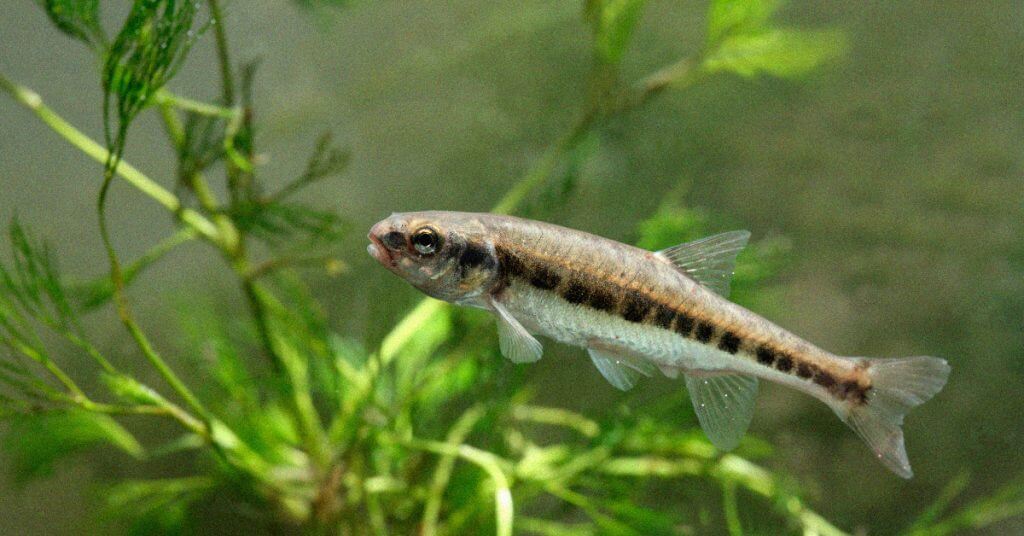
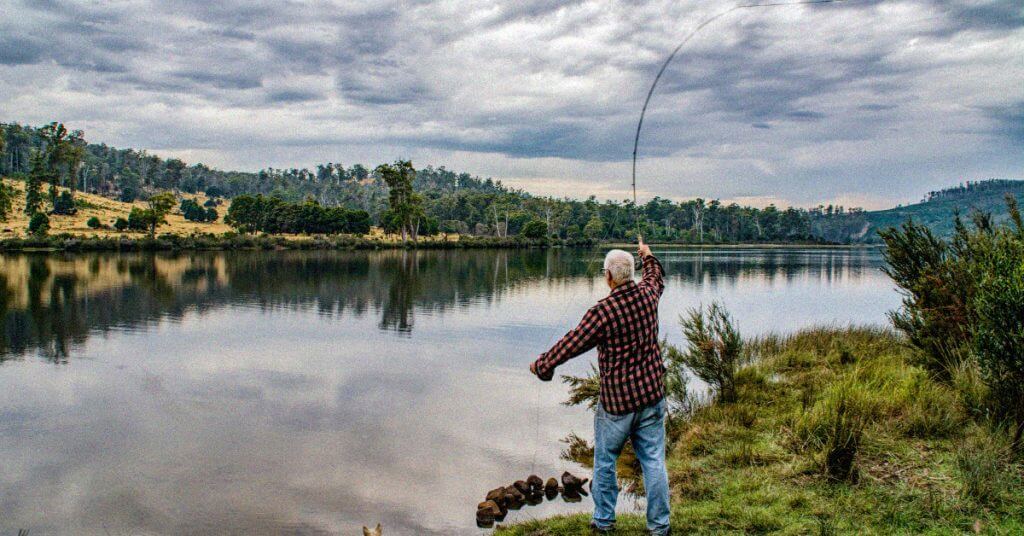
Me and my brother-in-law live in Columbia Mississippi and we fish Little River and floated all the time it’s not a real big Creek but if it’s nice very pretty scenery we use h&h’s green and black green and white work very well we went on a 4 hour float and he caught about 48 fish in four hours with an h&h the best fishing trip ever been on my life so if I go to the creek from now on I can ages
Sounds like a hell of a good time to me. I think we’ve all had an experience like that at least once or twice! Thanks for taking the time to comment!
Hi, Lance. Thanks for the report about floating Little River. I’ve crossed it many times going to Columbia from Poplarville, where I live, on Highway 43. Where do you put in and take out?